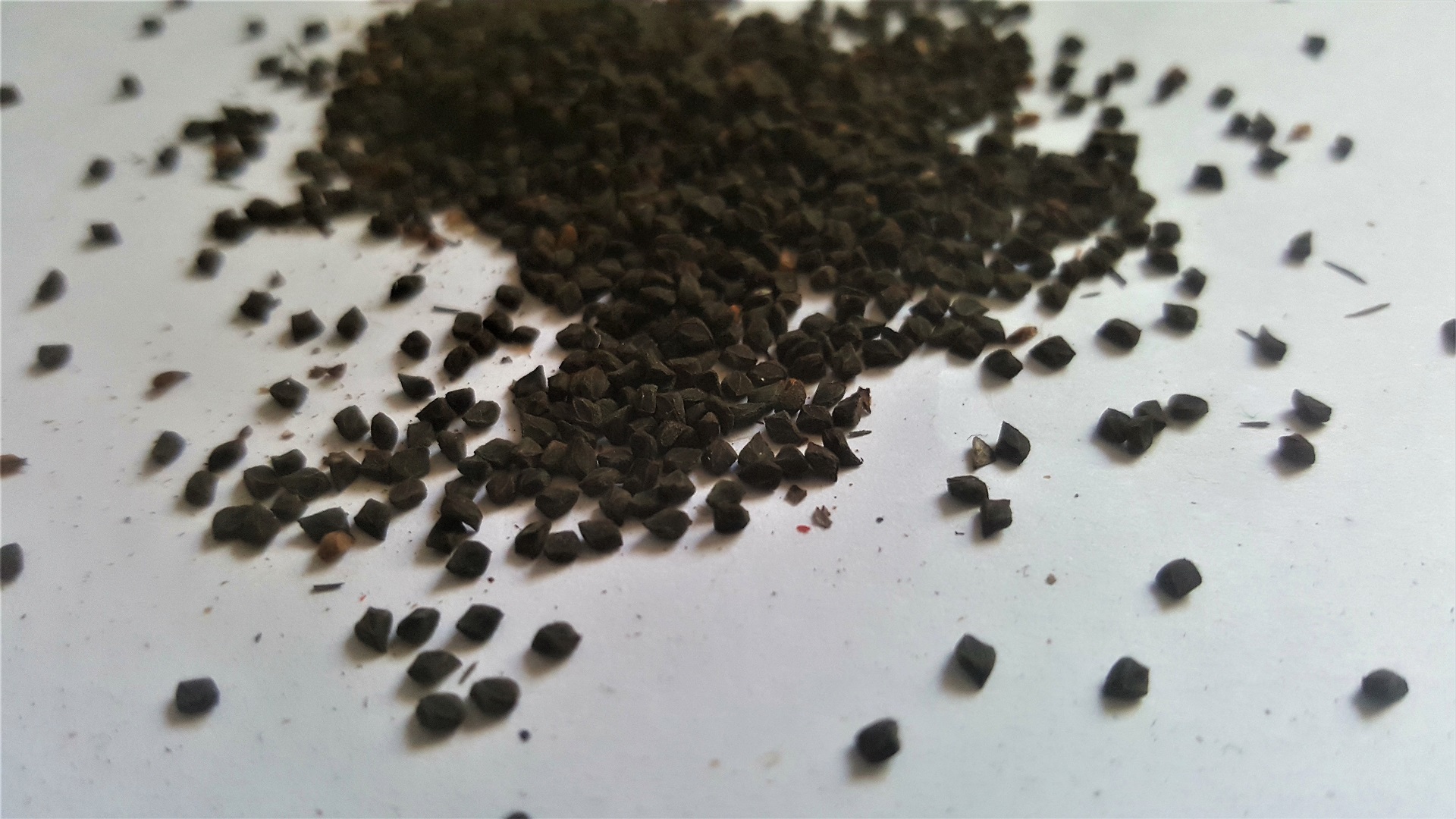Jute mallow is a much loved traditional vegetable that is known by various names among the Luhya: mrenda, murere, mtere, likhu. Known for its unusual appearance and texture, the Luhya of Kenya value this vegetable beyond its taste by attaching cultural meaning that elevates mrenda from a humble vegetable to be the queen among its peers.
Mrenda, a daily staple thought to be responsible for our grandmothers’ longevity
For the thirteen years that I knew my grandmother, khukhu, rain or shine she had mrenda almost everyday for her once daily meal. Once in a while, she’d have some lisebebe. lisutsa or tsisaka, but not for too long or you would find her 100+ year old frame bent over in her kitchen garden picking mrenda. Of course hers was the simple traditional murere cooked with likhubi and or miroo and munyu musherekha. No cooking fat, no onions, tomatoes, no cream.
She lived to 103 years and was still cooking for herself well into her 103rd year. As them old folks and they will almost all unequivocally profess that a diet based on mrenda cooked the traditional way with munyu only and no cooking oil, is the elixir of long life.
The cultural significance of vuguza of mrenda
Vuguza is the Maragoli for seed. In lulogooli it is said that a woman of stature, wa’lukhaye as Babukusu call such a woman, should always have vuguza ready for planting in storage. By having her own seeds ready, she can take advantage of the conditions whenever it rains.
Moreover, having your own seeds is a sign of the good work ethic of a woman. As the Bukusu say, ‘Embako sebea ta!’ The jembe does not lie. One way that the jembe doesn’t lie is having vuguza in storage. Given that seeds were harvested from previous crop, having some in storage means that in the previous years, the woman had a successful crop that not only fed your family then, but yielded seed for the coming planting season.

The tiny seeds of mrenda are particularly valuable because all that one needs to do when planting is broadcast them. In good soils even with minimal tillage, the mrere grows still. Therefore, in under half an hour, one can clear weeds from a patch, quickly turn the soil with a jembe and broadcast some mrenda seeds. Just that and within weeks, your family would be nourished with this beloved Luhya traditional vegetable.
Mrenda’s role in weaning children
The easy to swallow and easy to digest nature of cooked mtere makes this Luhya traditional vegetable a common choice for weaning children. My experience has been that I am yet to meet a child being weaned who rejects mrenda.
My brothers and males cousins have married from across the republic and globe and it often makes for good family fun when their offspring gulp mrenda like the little Luhyas they are, irrespective of their maternal roots. More so when some of their mothers with narrow palates struggle with the slimy consistency of cooked mrenda.
What’s more? Mrere is rich in good stuff for weaning babies; namely vitamins A, C and calcium.
Mtere the standard of beauty
So beloved a vegetable mrenda that the Maragoli have a way to compliment beautiful ladies by saying: ‘Umwana ya sweleka kuri mtere gu vita muridundu’.

Meaning, a babe that’s such a looker that when one takes in her beauty, it goes down smoothly as mrenda sliding down the throat.
Mrenda and beef stew, a match made in even
That said, mrenda is something you should try out if you are yet to. The way to cook this vegetable differs not that much from how we cook miroo. Nonetheless, keep it here for traditional and contemporary mrenda recipes the Luhya way.
But in your travels you happen to chance upon some murere, please make your order come with some beef stew. Mtere and beef stew with obusuma is a match made in heaven. Don’t believe me? Maybe these Rwandese residents of Kakauma can convince you of the delicacy they call murera.

